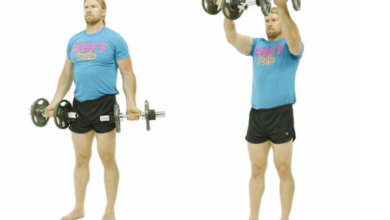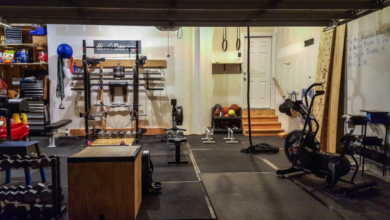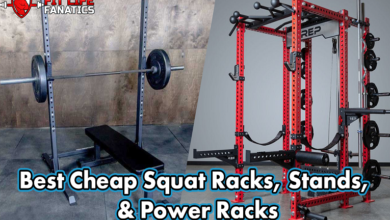Jumping Jacks vs Jump Rope: Which Is Better?
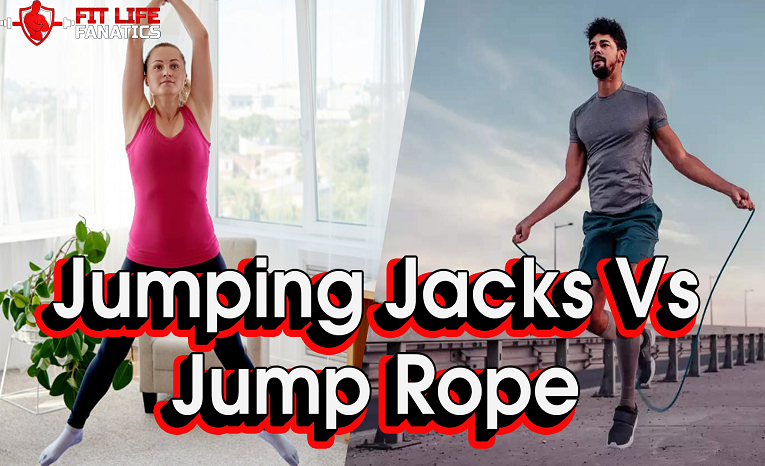
The jumping jack is probably the most popular aerobic exercise. It’s simple, needs no equipment and you can do it any time of the day. The results are spectacular to say the least. Your heart rate shoots up, your sleepy muscles wake up & your calorie meter starts to race.
But throw a rope in there and you have the jump rope, an equally worthy contender to the Jumping jack. Jump ropes definitely require more effort than the jumping jack, especially with the reflexes. Don’t you hate getting your feet snagged in the rope? You put in that little extra effort just to get that timing right.
The question is, which one of these two amazing workouts is the superior one? If the internet is to be believed, the jump rope has the edge. But if only we believed everything that we read on the internet.
That’s why we have created this comparison sheet.Today, we will pit these two aerobic exercises against one another and come up with a winner for you.
Jumping Jacks

The Jumping Jack is a physical exercise where you jump up with your legs spread out and your hands moving above your head for one rep. You can do as many reps as you want at varying tempo to rev up your heart rate.
The most basic iteration of the jumping jack does not involve a clap overhead. You only move your hands until they are vertically aligned with your shoulders. But over the years, there have been tons of variations of the jumping jack. Some of these require you to clap your hands when they meet above your head.
Is the jumping jack a calisthenics exercise? Some say its plyometric. To be honest, we don’t know. What we do know, is that it was named after the ‘Jumping Jack’ Toy, which moves in a similar fashion when you tug on a string.
How to do Jumping Jacks
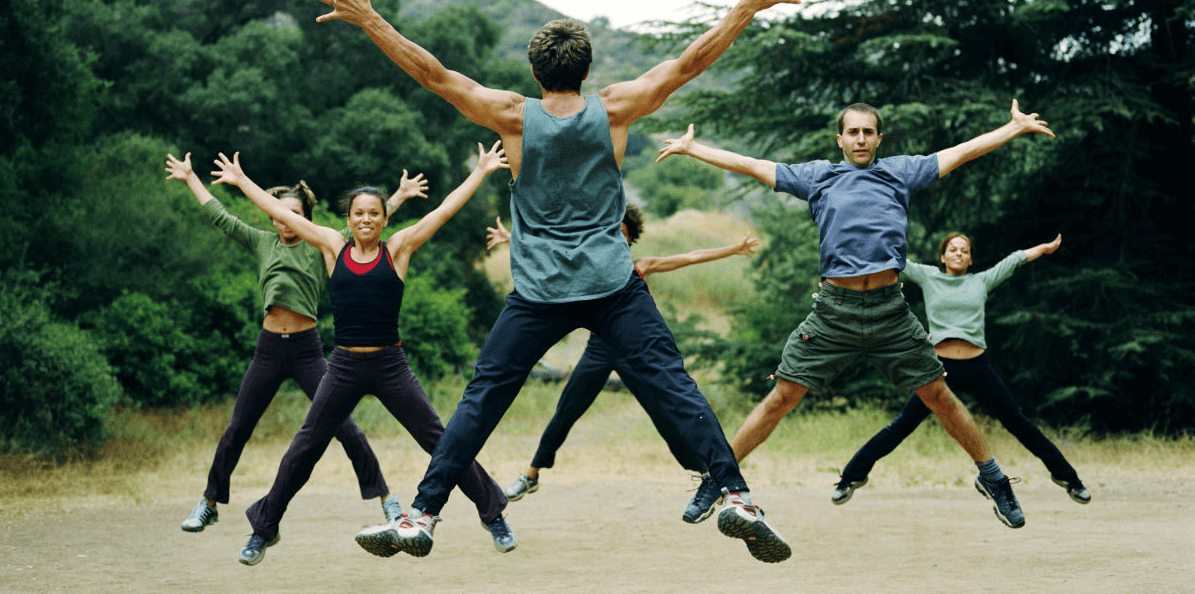
Like we said, there are many different versions of jumping jacks floating around on the internet. For the sake of this article, we will touch on the most basic one only.
- Stand on a flat surface with your arms by your sides.
- Maintain a straight spine and an upright chest.
- Bend your knees slightly and jump up while spreading your legs slightly wider than your shoulders.
- Simultaneously, move your hands over your head, stretching it out as you do.
- You can choose to clap if you seek some extra calorie burn.
- When you land on the ground in the starting position, you’ve completed one rep.
Benefits of Jumping Jacks

It’s pretty evident why every major physical training program, like Calisthenics and Plyometric is trying to stake a claim to the jumping jack, and own it.
It is a full-body compound move that recruits multiple muscle groups in the lower and upper body at the same time. There are a slew of benefits, most of which are backed by clinical research.
- It’s a calorie burner. Harvard Medical School conducted a benchmark study that shows that an average 155-lbs. person can burn up to 167-calories with any calisthenics move performed at moderate intensity. Jumping Jacks fits the bill perfectly.
- It can strengthen your bones. Another study, published in the Journal of Applied Physiology, shows that repetitive load on your lower body can increase bone mineral density.
- They are heart healthy. They can get your heart rate up in no time.
- Just like any aerobic exercise, they can help you reduce stress by releasing endorphins.
The Muscles Worked with Jumping Jacks

The jumping jack works almost every major muscle from your head to the toe.
Legs
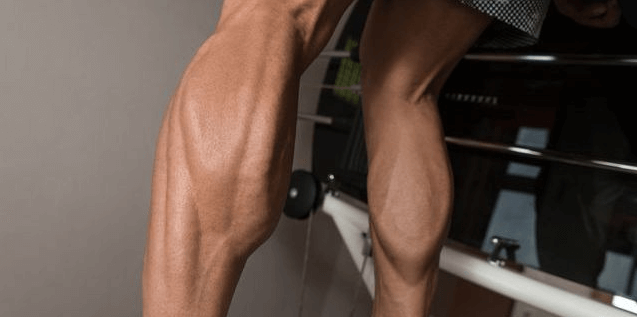
The legs do the bulk of the heavy lifting in a jumping jack. The gastrocnemius and soleus muscles of the calves propel you during the explosive lift off of the jump. When you land again, your hamstrings, glutes and your hip flexors come into play. Other exercises that work these same muscles areas include regular squats, reverse hack squats, and shrimp squats.
Core
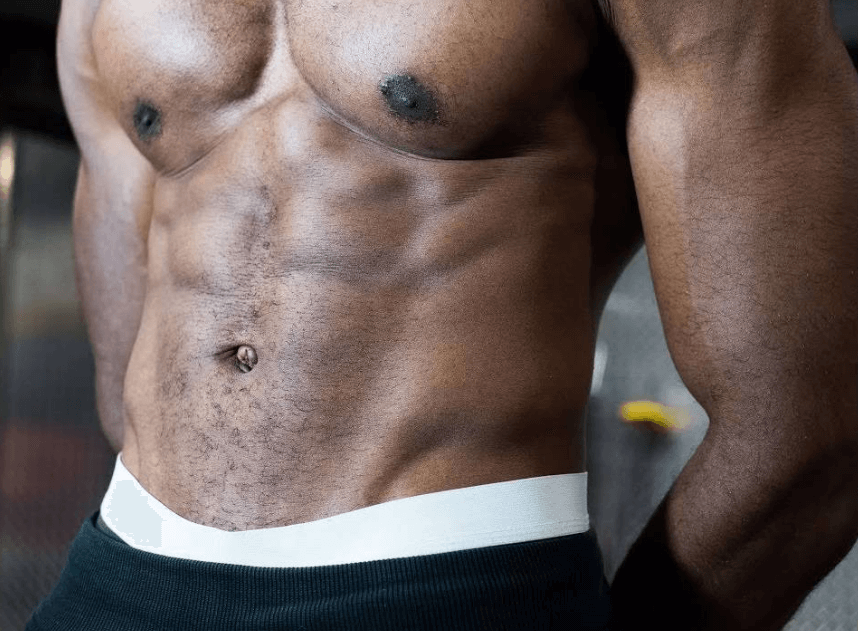
It is imperative that you brace your core and maintain it throughout the jumping jack. It engages the abdominal muscles like the rectus and transversus abdominis, your hip flexors, and your lower back.
If you want more visible abs there are more exercises you should besides jumping jacks. These include, double crunches, standing oblique crunches, cable crunches.
Shoulders& Back
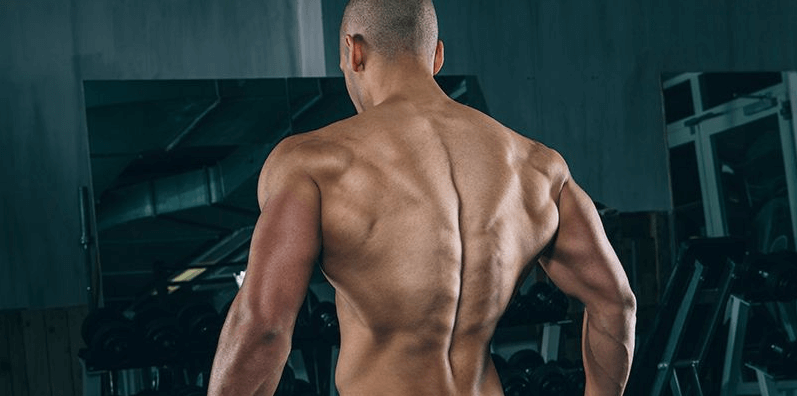
Your deltoids will fire as you flap your arms, as will the shoulder adductor muscles. But it’s not the only ones. The jack also recruits two of the biggest muscles in your back. These are the latissimus dorsi and the teres major.
Jump Rope Workout
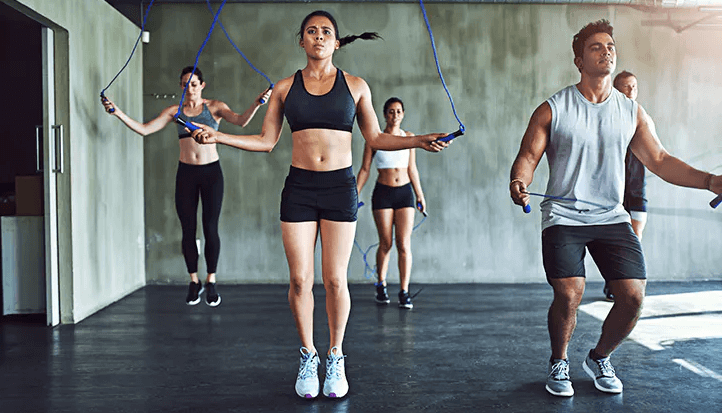
The Jump Rope is a great alternative to the jumping jack, if you crave for some variety. It will get your heart rate shooting in no time. But it’s not as easy as the jumping jack is. It’ll take a fair bit of practice before you are able to consistently perform jump ropes at an intensity high enough to bump up your heart rate.
Even then, you might discover that you get fatigued sooner than you do with jacks. The reason is probably the extra effort you need to time your jump repeatedly. Even if it’s generally a smaller vertical leap than the jack, your reflexes will have to kick-in to ensure that the timing matches the swing of the rope.
Besides, you need a quality jump rope to do the exercise.
The Jump Rope I use

Here’s the jump rope I use personally.
DEGOL Skipping Rope with Ball Bearings
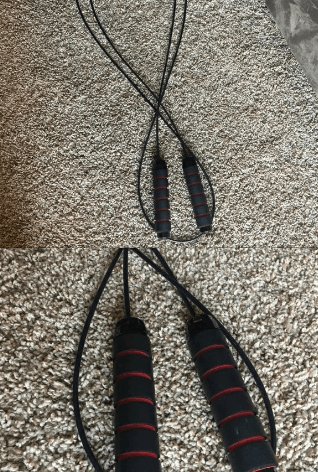
The DEGOL Skipping rope is a bestselling jump rope amongst professional fitness coaches and athletes. It features a dual-ball bearing system that rotates the handles smoothly and prevents the cable from folding or bending awkwardly.
This brings consistency to your swings, even if you haven’t mastered the timing yet. The cable itself is braided steel wire rope coated with PVC, which is practically indestructible. It’s lightweight, and the memory foam handles give you a firm grip even in sweaty conditions.
Specs
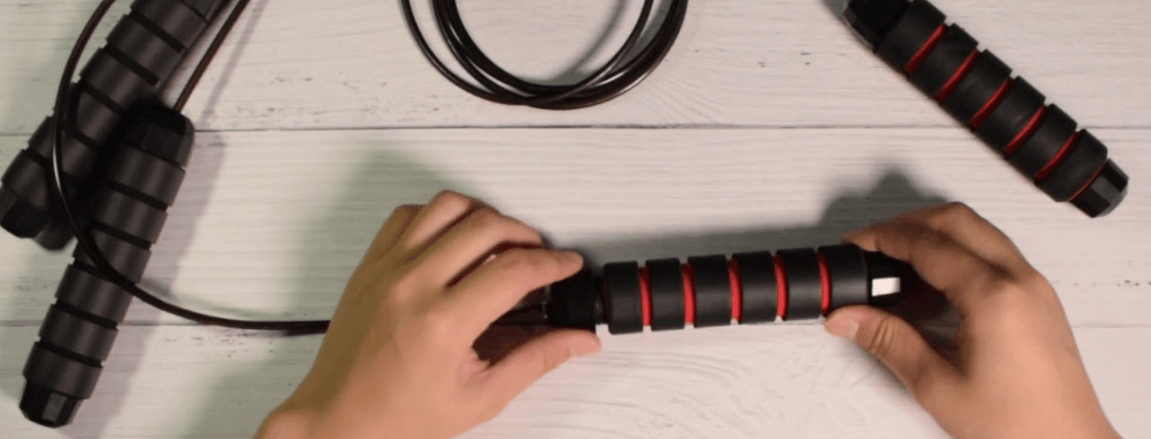
- Design – Adjustable length up to 9-feet
- Cable - braided steel wire rope coated with PVC
- Handles – 6” Memory foam coated for a firm grip
- Rotations – Smooth due to the dual ball bearings
How to Do Jump Rope
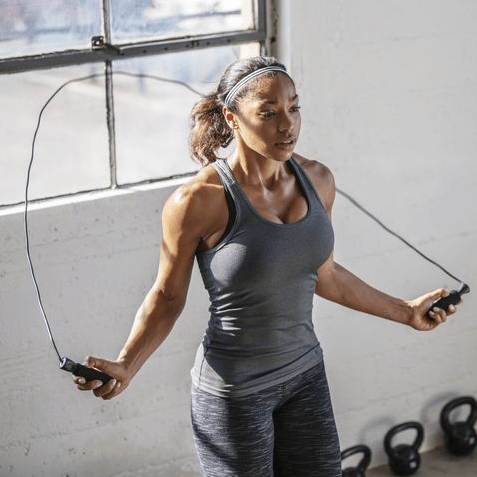
Jumping rope can be tricky at first. But once you get a hang of the timing, it becomes effortless. Well, at least the awkwardness goes away. The exercise itself is not effortless.
- Grab the handles and place the rope behind you before you start. It should be a few inches behind your heel.
- Use your forearm rotation and your wrists to swing the rope rather than using your elbows. As you swing it overhead, get into position for the jump by bending your knees slightly.
- Get the timing right. This will take some practice. But a thumb rule is to jump when the rope is about shin high. Spring from your toes and propel yourself upwards.
- Go slow. High speed jump rope training looks amazing and feels good too. But it does not happen overnight. If you resemble a 12-year old hop skipping, that’s fine. Take your time.
- Perform the exercise on the balls of the feet rather than the entire feet.
Key Benefits of Jump Rope Exercise

How does the jump rope fare in terms of benefits, as compared to the jumping jack? It’s pretty close. The jumping jack has an obvious advantage because it has been researched more, as part of the tons of calisthenics studies.
In comparison, studies about jump rope training are scarce. But there are a few which point towards some great benefits.
- It’s a great cardiovascular workout. The American Association for health published a study that shows that just 10-minutes of Jump rope training a day might provide comparable cardiovascular benefits to 30-minutes of Jogging.
- There are no scientific studies that prove the calorie burning rate of jump rope training. But most fitness experts and coaches consider it to be one of the best aerobic exercises out there for calorie burn.
- May increase lean muscle mass. A study by the University of Nebraska shows that 12-weeks of jump rope training improved the ratio of lean muscle mass. But the study was conducted on adolescent obese girls. Not very conclusive, we know. But definitely warrants a mention here.
- Can improve hand eye co-ordination and provide the mental health benefits that come with any vigorous aerobic training.
Muscles Worked with Jump Rope Training
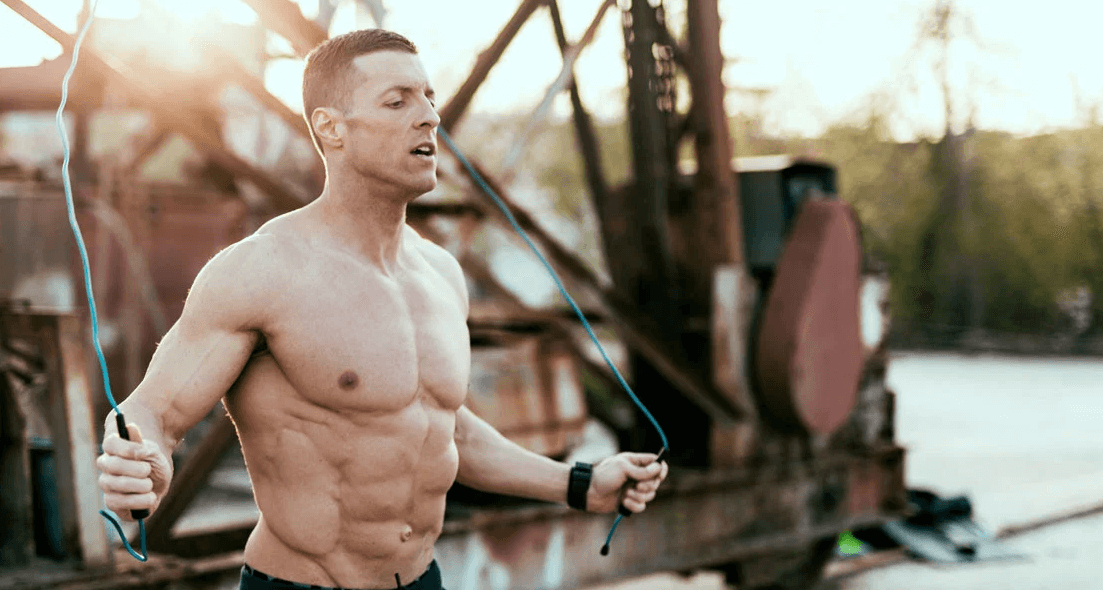
Jump rope is a compound exercise that involves multiple muscles of your upper and lower body. If you compare the actual muscle groups that are engaged, you’ll find an uncanny similarity to the jumping jack.
Lower Body
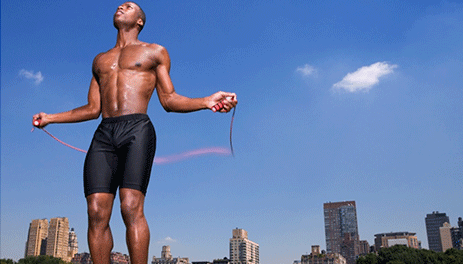
Just like Jacks, Jump rope begins with an explosive vertical jump that is powered by the gastrocnemius and soleus. Working out these calf muscles is critical for functional fitness. Research shows that jump rope training can improve the elasticity of connective tissue near these muscles. Along with these, jump ropes will also work your glutes and your hamstrings, particularly when you land after the jump.
The Core and The Hips
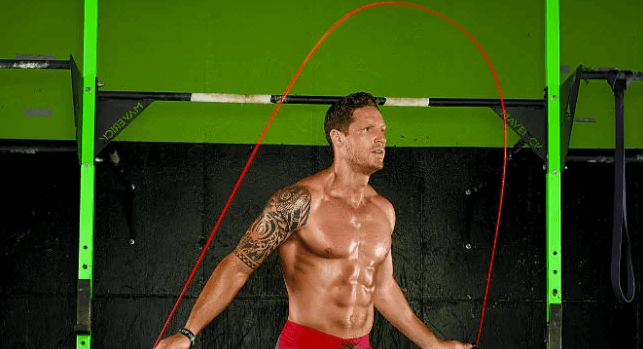
You will maintain a braced core and engage all major muscles of your core and hip flexors.
Shoulders and Back

As you swing the rope, practically every muscle in your upper body gets recruited. These include the deltoids, the back and the chest.
Arms

Here’s the edge that you get solely with jump ropes and not with jacks. You will use your forearm muscles and your wrist to swing the rope. This brings in your entire arm into the exercise, including your triceps and your bicep muscles. If you have skinny arms and you want to bulk them up a few exercise you can do include dumbbell floor presses, underhand front raises and low rows.
Jumping Jacks Vs Jump Rope: Which one is for you?


All things said and done, which one is the right choice for you? We aim to answer this in an objective way, based on some common fitness goals.
Which Is Easier?

Neither are easy to be honest. But if you compare the ease with which you can perform, and adapt to the exercise, it has to be jumping jacks, most people can start doing 100 jumping jacks per day right away since it doesn't need any equipment and is relatively easy. Jump ropes will take time to learn and master, regardless of your physical conditioning.
Which Burns More Calories and Is Better for Losing Belly Fat?

We have at least one scientific study that shows the calorie burning potential of jumping jacks. Unfortunately, we don’t have one for jump ropes. But it would be fair to say that both these exercises are terrific calorie burners. If you want to add some intensity, you can try a weighted vest or a heavier rope.
What Is 10 Minutes of Jumping Rope Equivalent to In Jumping Jacks?
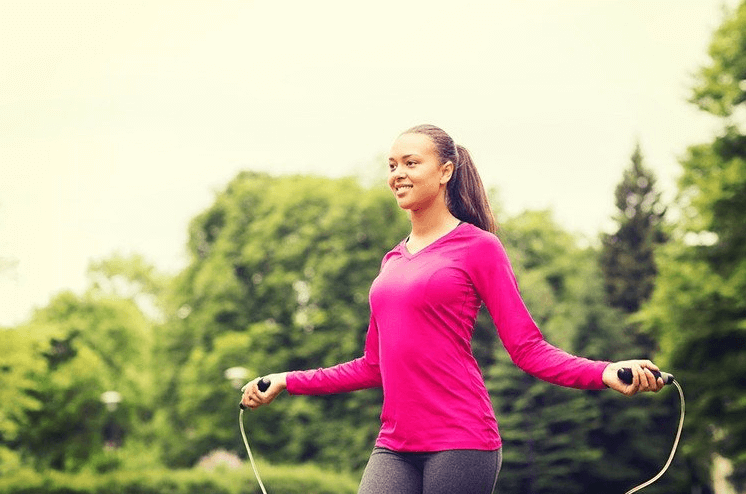
That’s a tricky one. We shared a study that compares 10 minutes of daily jump rope training to 30-minutes of running. But we don’t have one that compares it to jacks. Having said that, intensity plays a key role here. If you perform jumping jacks at high intensity, it should be pretty close to 10 minutes of jump rope at the same intensity.
Which Works More Muscles?

Jump rope works more muscles. Both these are compound moves that engage all major muscles of your upper and lower body. But jump rope also engages all muscles of the arms, which jumping jacks don’t. Besides, you also need co-ordination and motor skills to perform the jump rope, which makes it a brute.
Which Workout Is Better for Toning Muscles?
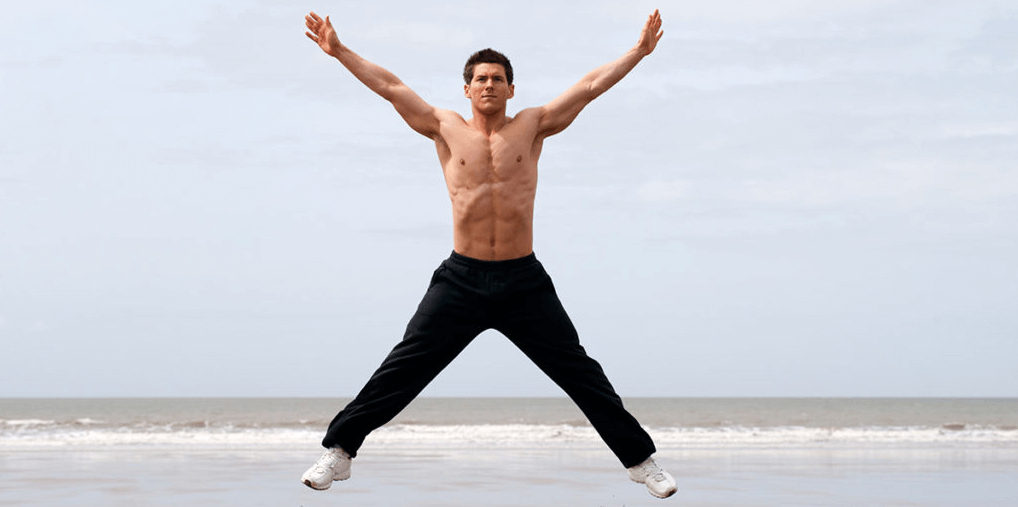
Both of these are phenomenal workouts for toning your muscles. It’s even-steven here.
Which Workout Is Better for Abs?

Once again, there’s very little to choose between the two when it comes to abdominal muscle recruitment. Both these exercises engage your core, hip flexors and stabilizer muscles equally well. So, you can pick what works for you.
Jumping Jacks vs Jump Rope: Verdict Which Is Better Overall in My Opinion

I love jump rope training. I’ve been using it since college days to improve my functional fitness and cardiovascular health. However, my bias towards it might be because I can perform it blindfolded, even with one leg tied.
There are athletes who are new to this and will rightly prefer jumping jacks. In my opinion, these two are very identical with overlapping benefits. Don’t get swayed by Guru wisdom. Pick the one that you can perform comfortably. Keep an eye on form and maintain your intensity. You should reap the benefits regardless of which one you choose.
Related Readings:
- What 100 Crunches a Day Did for Me
- What Should I Workout After Chest Day? The All-You-Need-To-Know Guide
- Should You Squat and Deadlift on the Same Day?
- Chest Press Vs Bench Press – What are the Differences? Which is Better?
- How to Make Calves Smaller – Tips, Techniques, & Things to Avoid
References:
- https://en.wikipedia.org/wiki/Jumping_jack_(toy)
- https://www.health.harvard.edu/diet-and-weight-loss/calories-burned-in-30-minutes-of-leisure-and-routine-activities
- https://journals.physiology.org/doi/full/10.1152/japplphysiol.00666.2005
- https://www.ncbi.nlm.nih.gov/pmc/articles/PMC4703784/
- https://shapeamerica.tandfonline.com/doi/abs/10.1080/10671188.1968.10618043#.YSeyl44zZPa
- https://pubmed.ncbi.nlm.nih.gov/31812946/
- https://www.ncbi.nlm.nih.gov/pmc/articles/PMC4657422/
Ben Mayz
Hi there! I'm Ben, main author and chief editor at Fitlifefanatics.com. I have been obsessed with Strength Training and Fitness for 18 years now.
My passion for living a happy fit lifestyle is what made me realize that fitness is what I wanted for my future.
I went on to earn my Masters in Sports Training & Biomechanics.
My passion for Strength training & fitness and my love of helping others is what made me start Fitlifefanatics.
Here, myself, and a team of specialist aim to provide the most accurate, and actionable information possible in hopes to help foster the fitness community forward.
You can learn more about Fitlifefanatics on our About Page
